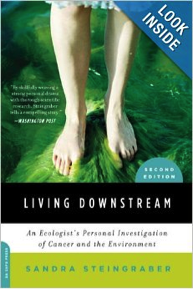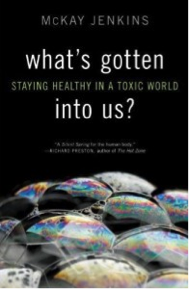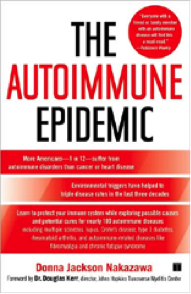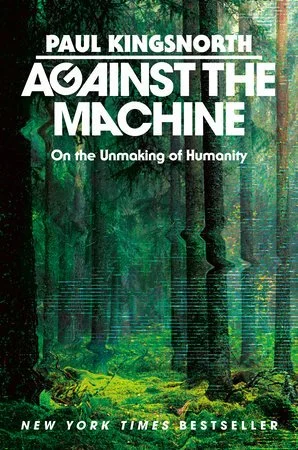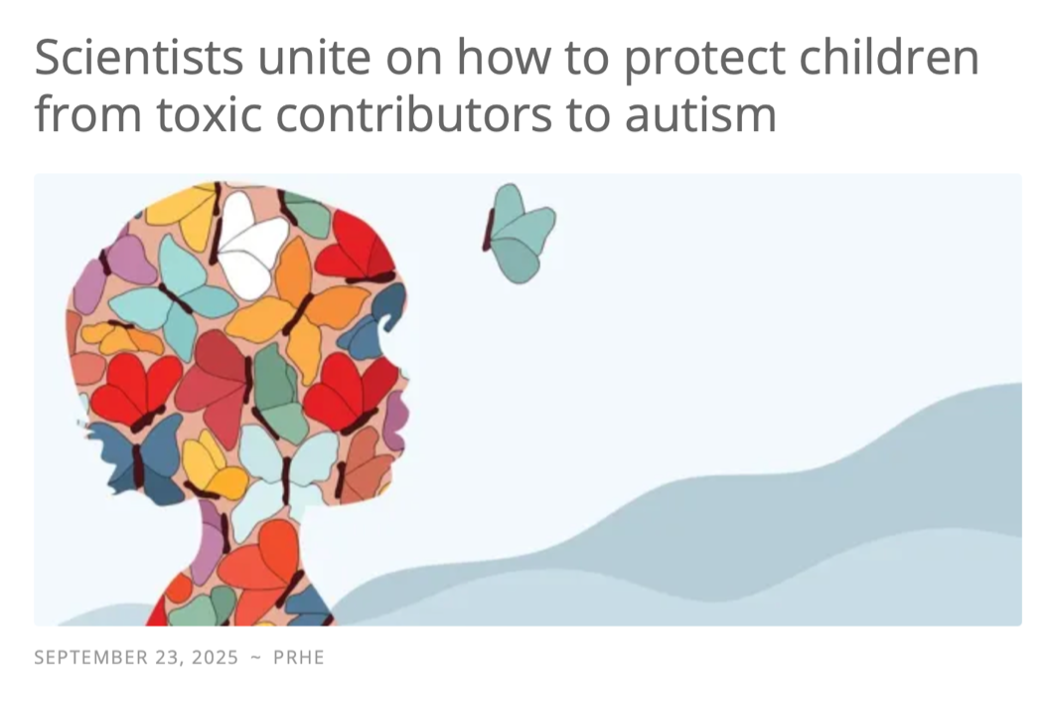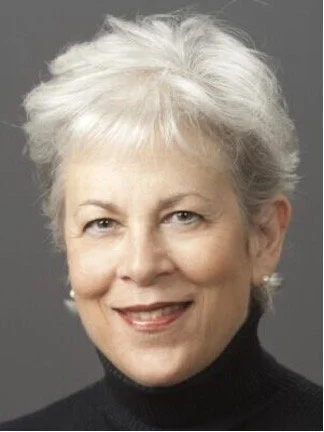Living Downstream: An Ecologist’s Personal Investigation of Cancer and the Environment
By Sandra Steingraber. Da Capo Press, 2010.
What’s Gotten into Us? Staying Healthy in a Toxic World
By McKay Jenkins. Random House, 2011.
The Autoimmune Epidemic: Bodies Gone Haywire in a World Out of Balance – and the Cutting Edge Science that Promises Hope
By Donna Jackson Nakazawa. Simon & Schuster, 2008.
The best of these is still definitely Living Downstream, a masterpiece of poetry and science intertwined to tell the full story of the impact of environmental chemicals on human health. Steingraber is an Ecologist who is also a bladder cancer survivor, and she could not make the case more strongly that we are heedlessly, needlessly polluting our entire population to suit the whims of the chemical industry, and that many of us are paying a terrible price for this. She analyzes the silence surrounding the science in regards to Rachel Carson’s naysayers, health professionals and cancer organizations, the government, and the general public. By the end of the book, when she poses the question of whether or not killing by releasing chemicals known to cause cancer is legalized murder, she has already made the case that it is: killing another individual, if unnamed and unidentified, for profit. She is utterly convincing in her advocacy of the Precautionary Principle, and she has this to say about the uncontrolled experiment we are conducting on every person on the planet:
I believe it is time for a new human experiment. The old experiment…is that we have sprayed pesticides, which are inherent poisons…throughout our shared environment. They are now in amniotic fluid. They’re in our blood. They’re in our urine. They’re in our exhaled breath. They are in mothers’ milk…. What is the burden of cancer that we can attribute to this use of poisons in our agricultural system...? We won’t really know the answer until we do the other experiment, which is to take the poisons out of our food chain, embrace a different kind of agriculture, and see what happens.
Jenkins and Nakazawa make significant contributions to the investigation of the human toll of environmental chemicals, and both are quite recent. Jenkins organizes the litany of toxic chemicals by where they are most commonly found: The Body, The Home, The Big Box Store, The Tap, The Lawn. Readable and prefaced by a description of his own health scare, the book is brimming with information, a brief and easy-to-read primer on, indeed, what has gotten into us.
Nakazawa’s book focuses in on soaring rates of auto-immune disease, caused almost certainly by environmental exposures. Her most compelling chapters focus on individual stories of suffering and death – lupus deaths in teenagers! – in particular places, most notably in Buffalo, New York, where vacant lots contaminated with a soup of virulent chemicals languished unnoticed, unfenced, un-remediated, and completely available for neighborhood children to play in. When the number of diagnoses and deaths from auto-immune disease are added on to the skyrocketing cancer rates, plus increased rates of autism, lower IQs, and ADHD, the health impact of our utterly careless use of chemicals becomes clear. We cannot continue this way.
